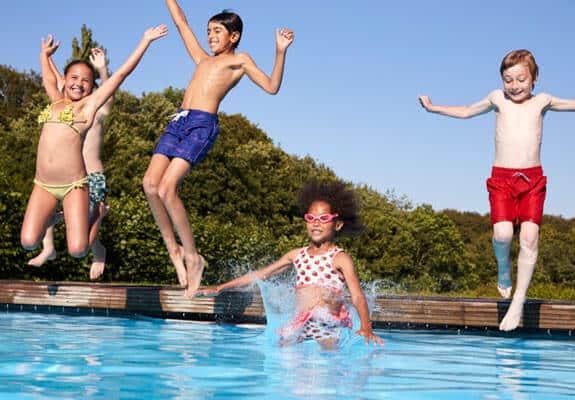It is safe even in presence of high concentrations of chlorine or other disinfectants. As in the case of all other types of treatment, it is necessary to maintain a good balance of water:
Quick efficiency

- Total alkalinity (TAC)
- Calcium hardness (TH)
- Potential for hydrogen (pH)
A sufficient concentration of disinfectant (chlorine, bromine, etc.) is also essential. Monitor these parameters using an appropriate test kit. The temperature and nature of the water can affect these parameters. Aquarine is not compatible with PHMB (Biguanide).
Beginning of the season
Depending on the quality of the water, a shock treatment may be necessary to open your pool.
In this range, water is gentle on the skin and the effectiveness of disinfectant products is optimized.
During the season
Use Aquarine once a week.
If the treatment starts in mid-season, dilute a dose of Aquarine in a bucket of water (preferably warm). Pour the mixture in front of the discharge nozzles or scatter it around the basin.
Pool closure
Aquarine made pool maintenance easier throughout the season. It can also make your life easier in the spring.
Please note, however, that Aquarine cannot remove fallen leaves from your pool. It is even highly recommended to remove them before freezing. Otherwise the principle of infusion will occur and your water will be algae-free but “tea” in the spring.
Pool treated with Aquarine during the season: the same quality of water in spring!
Pools with problems
To great ills, great remedies
Aquarine does not replace disinfectants
It is VERY important to ALWAYS maintain a safe concentration of disinfectants in water.
In case of excessive rain, in very hot weather or after intensive use of the pool, it may be necessary to add disinfectant in order to maintain a safe concentration.
pH stabilization
Disinfectant reduction
Algae control
Water clarification






